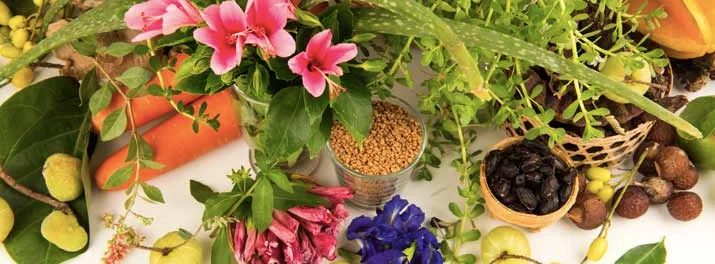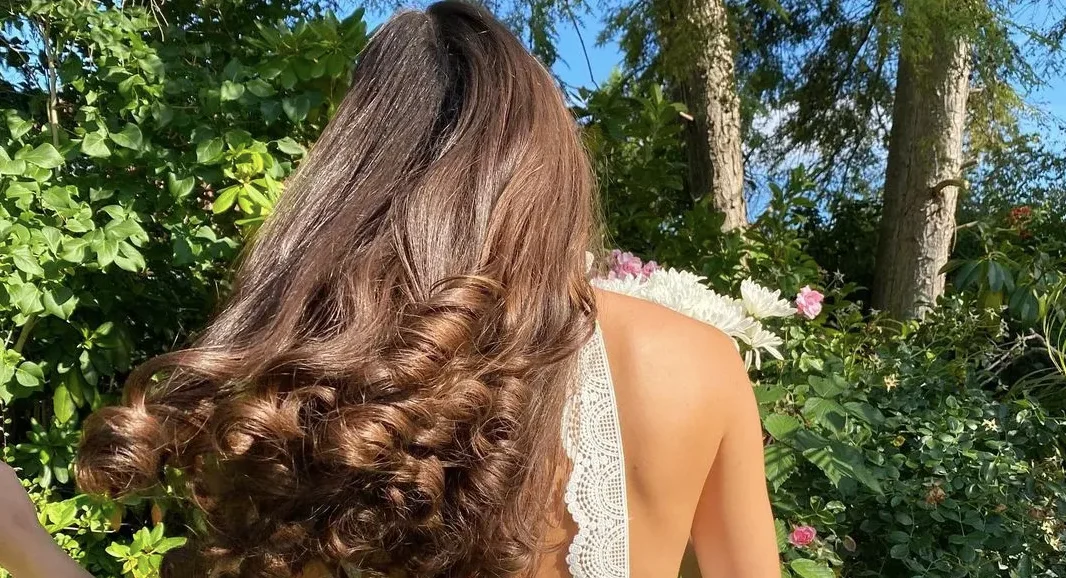Over the course of a lifetime, people frequently change their hairstyles. Regardless of how frequently you make the change, colouring is probably a step in the procedure. Nevertheless, about 65% of women change their natural hair colour. We enjoy having fun with colour. Until we open the bottle and breathe in the fumes, it makes us feel good.
Traditional hair dyes contain a lot of potentially dangerous chemicals that, at high exposures, have been connected to immune system suppression, skin and respiratory irritation, and even cancer.
Is there an all-natural way to cover grey or simply enjoy a nice colour without subjecting ourselves to these harmful chemicals?
Harmful Chemicals in Traditional Hair Colors
According to the National Cancer Institute (NCI), hair dye products contain more than 5,000 different chemicals, some of which have been shown to be carcinogenic to animals.
Following are a few typical negative effects of the chemicals used in hair dye:
- Quaternium-15, which has the potential to release the carcinogen formaldehyde
- Alkylphenol ethoxylates (APEs), which may interfere with hormone function
- The European Union has designated the skin and respiratory irritant phenylenediamine (PPD), which is toxic and hazardous to the environment.
According to some studies, hairstylists and barbers have an elevated risk of bladder cancer, which may be related to colouring agents. Other research has suggested that using chemical dyes personally may raise your risk of developing leukaemia and non-Hodgkin lymphoma, but the results are conflicting.
Natural Ways to Dye Your Hair
It turns out that we can use a lot of natural ingredients for hair care products—some of which we can find in our kitchens—to create new hair colour. Your natural beauty deserves natural products. What colour, how intense, and how much time you want to spend on it all depend on what you’re looking for.
Keep in mind that products with natural colours differ from those with chemical colours. They usually don’t last as long, you can’t completely alter your natural colour, and the colour might not be exactly what you expected.
Simple Ways to Color Your Hair Naturally
1. Using Coffee to Color

Coffee is a great option if you want to get darker, cover grey hairs, or add dimension to your dark hair. Coffee grounds and leave-in conditioner are combined with a strong cup of coffee (espresso works well), which has been made and allowed to cool.
Apply to freshly washed hair and leave in for about an hour. Rinsing with apple cider vinegar will make the colour last longer. For noticeable results, the process might need to be repeated a few times.
2. Darker Color with Black Tea

Like coffee, black tea can make you appear darker and hide grey hairs. There are other teas you can use, though, if your hair is lighter. For example, rooibos may be effective for redheads while chamomile is advised for blondes.
The secret is to make the tea extremely concentrated.
Use three to five teabags (or roughly the same amount of loose tea) for two cups of water. As mentioned in the coffee recipe, you can either use the cooled tea on your hair by itself or combine it with a herbal conditioner. Sage, whether fresh or dried, helps to open up the hair follicles, which can help if you’re trying to cover grey hair.
If you want more colour, leave on hair for at least two hours. Some people even wear the tea while wearing a cap overnight before rinsing it off the following day.
3. Herbal Hair Dye Ingredients

There are many different herbs that you can use, depending on the colour you want. Depending on the shade of your natural hair, these suggestions are:
- Try calendula, marigold, rosehips, and hibiscus on red hair to intensify the colour or add a few red highlights. If you continue using the dye frequently, the effects build up and you will see more colour. For best results, let the hair dry in the sun after spraying or pouring the flower-infused water on it. Simmer the flowers in water for about 30 minutes.
- Sage, nettle, and rosemary are all excellent herbs for people with dark or brunette hair. All three should be simmered in water for 30 minutes, then cooled, strained, and used to spray or brush hair. Give it an hour to sit. You can rinse every day after taking a shower. Be patient; it might take a few days before you see a change.
- For blonde hair, you can also try calendula, marigold, saffron, and sunflower petals in addition to the chamomile tea already mentioned. Try simmering two cups of rhubarb root, straining it, and applying it to your hair to cover grey hairs.
To make the darker colours above last longer, mix in black tea. Lighter colours work well with catnip.
4. Beet and Carrot Juice for Red Tints Color

These two juices can give your current colour a natural red tint. Use either one alone or combine them to achieve the desired shade. Use more beetroot juice (strawberry blonde, darker red or auburn) for a more reddish tint. Carrots will result in a more subdued reddish orange.
Simply apply about a cup of the juice to your hair for this simple remedy. To condition dry hair at the same time, you can also add some coconut oil or olive oil to the mixture. Work it through, cover your hair with a shower cap, and then leave on for at least an hour. Wear something to protect your skin and clothing because these juices stain. Remove the juice by rinsing, then seal with a spray of apple cider vinegar.
5. How to Use Walnut Shells

Boil the walnut shells for about 30 minutes after crushing them. Apply to hair after cooling, straining. Use a cotton ball to apply makeup only where it is needed if you want to cover grey areas. Once more, exercise caution because this dye will stain everything.
Return the strained juice to the heat and boil it until it has boiled down to about a quarter of its original volume to produce a more intense dye. Pour through hair after allowing to cool in the refrigerator, and strain if necessary.
Rinse after letting sit for at least an hour (more if you want more colour). Avoid using extremely hot water because it will fade the colour. To extend the life of the colour, wash in lukewarm water.
A Few Helpful Self Hair Dye Tips
To make your colour last longer, always rinse it out with apple cider vinegar. Try rinsing your hair after colouring it with a vinegar/water mixture, or combine one tablespoon apple cider vinegar with about a cup of water in a spray bottle and use that instead of rinsing.
The last thing you want to be concerned about is the colour fading once you’ve dyed your hair and it looks perfect. You can lengthen the life of your naturally coloured hair in a few different ways:
- Use hot tools sparingly, such as curling irons, straightening irons, and hair dryers.
- When using hot styling tools, cover your hair with a thermal protectant.
- When possible, avoid taking hot showers and forgo washing your hair.
- Use a water filter in the shower to help remove chemicals like chlorine and heavy metals that can fade colours.
Organic Hair Color Brands
There are natural hair dyes that you can buy if you don’t want to use henna or beetroot juice. Although these hair dyes make the claim that they are made without the harmful chemicals found in conventional hair dyes, you should always read the label before buying one. Ingredients like parabens, ammonia, and sulphates should be avoided.
You can test out the following brands:
Read more:
Ghee for Hair: Its Amazing Benefits and Precautions
Arnica Hair Oil: Its Amazing Benefits, Side Effects and More
गुड़हल का तेल: इसके फायदे और जानें इसे घर पर कैसे बनाएं





